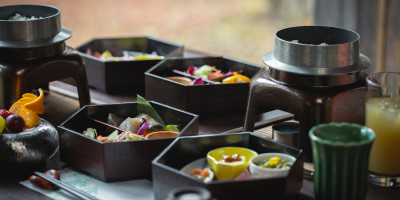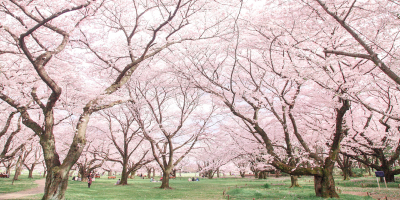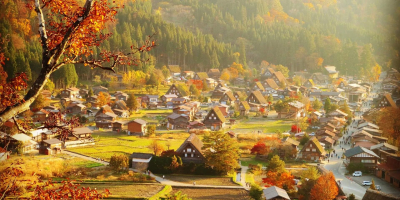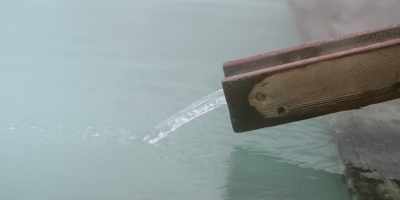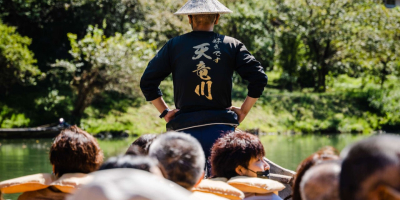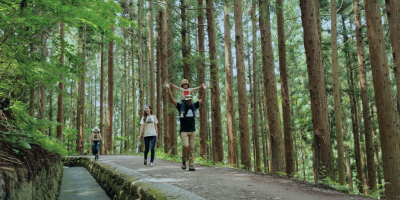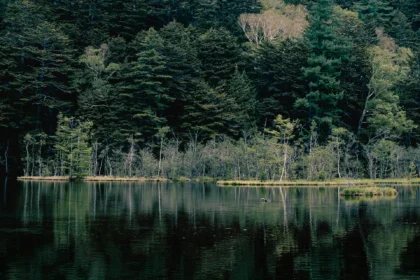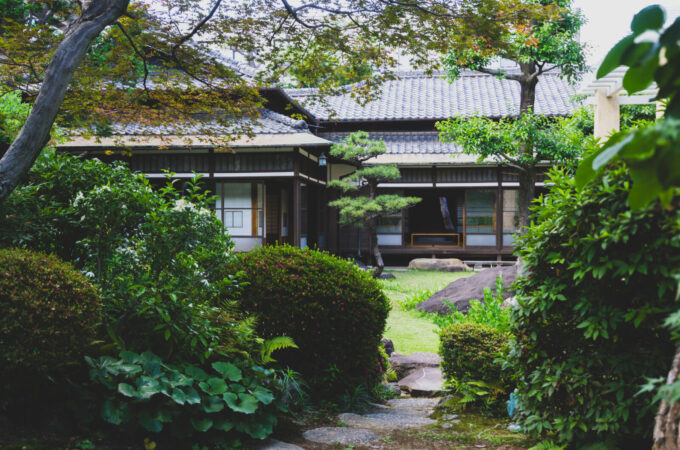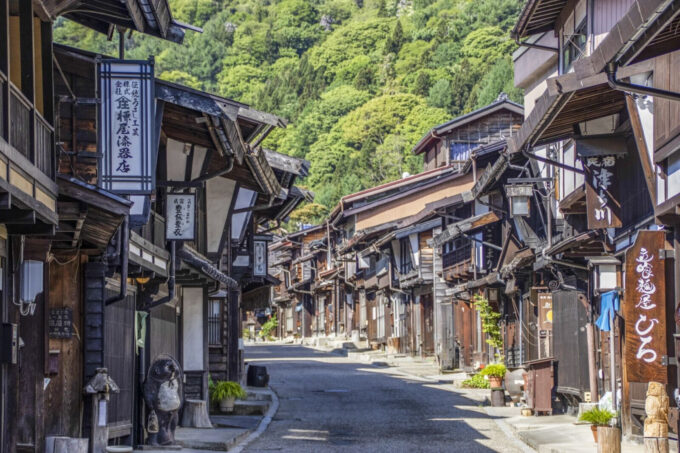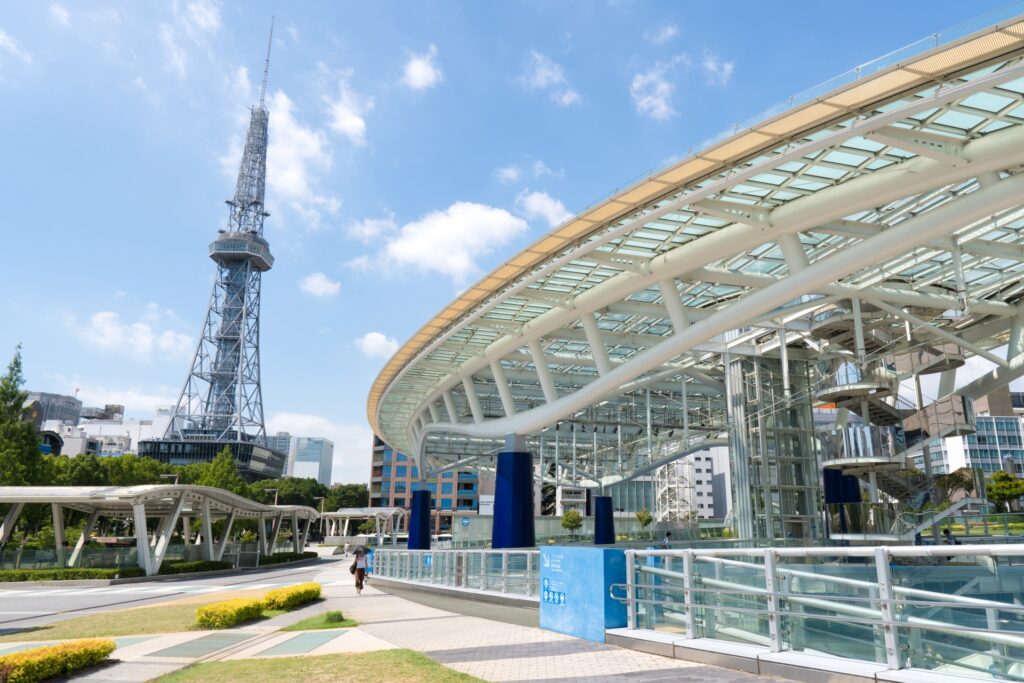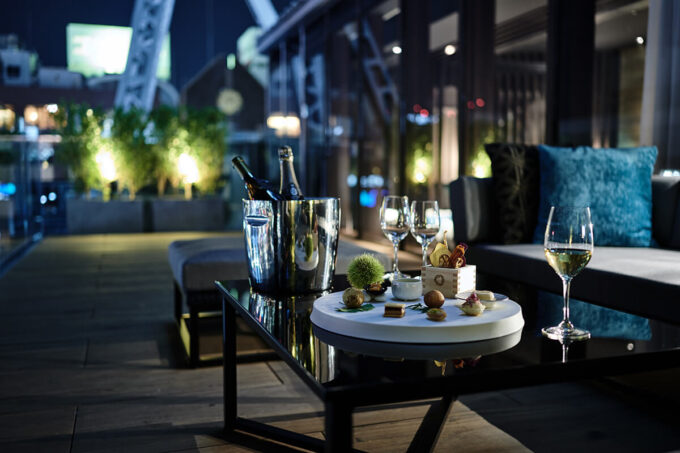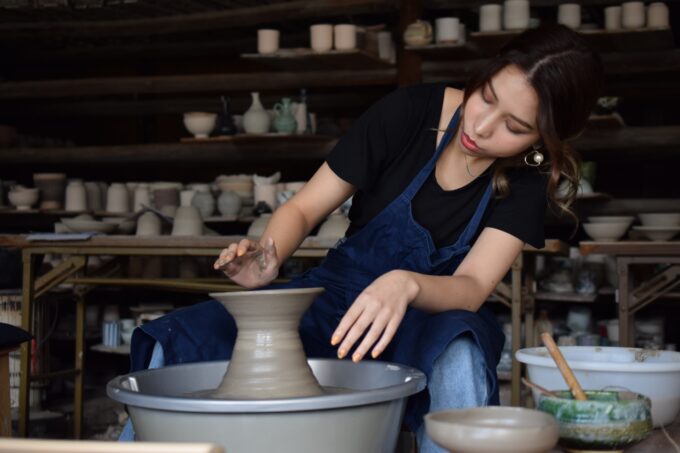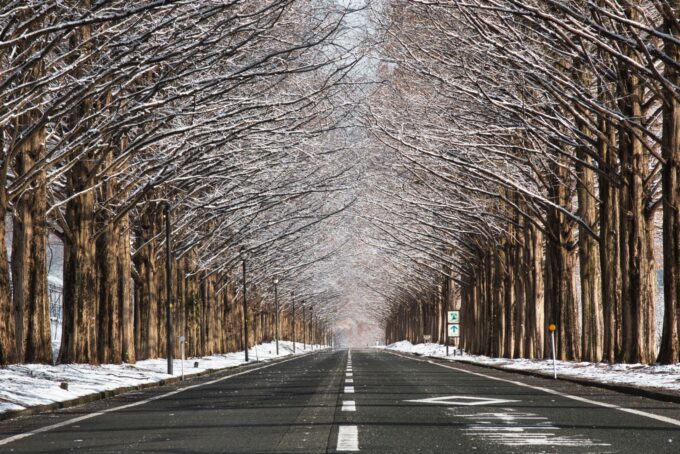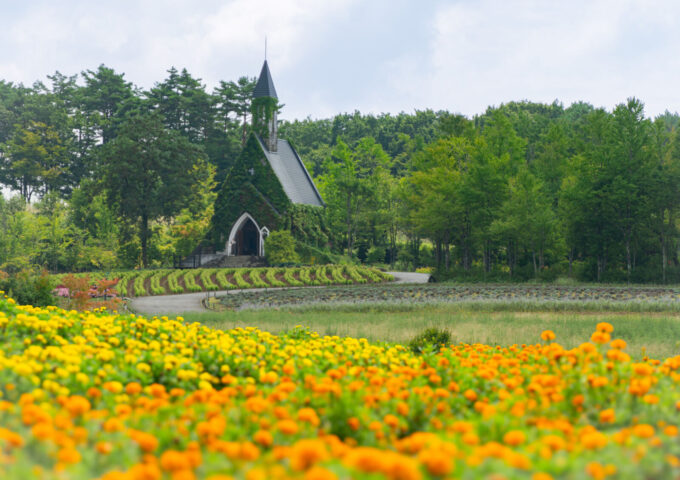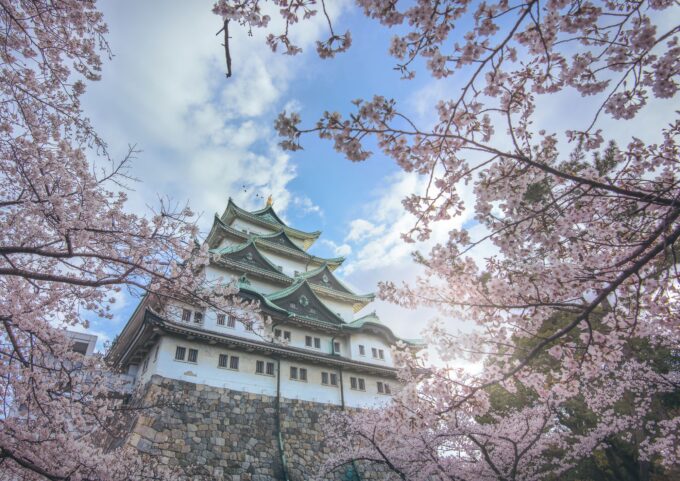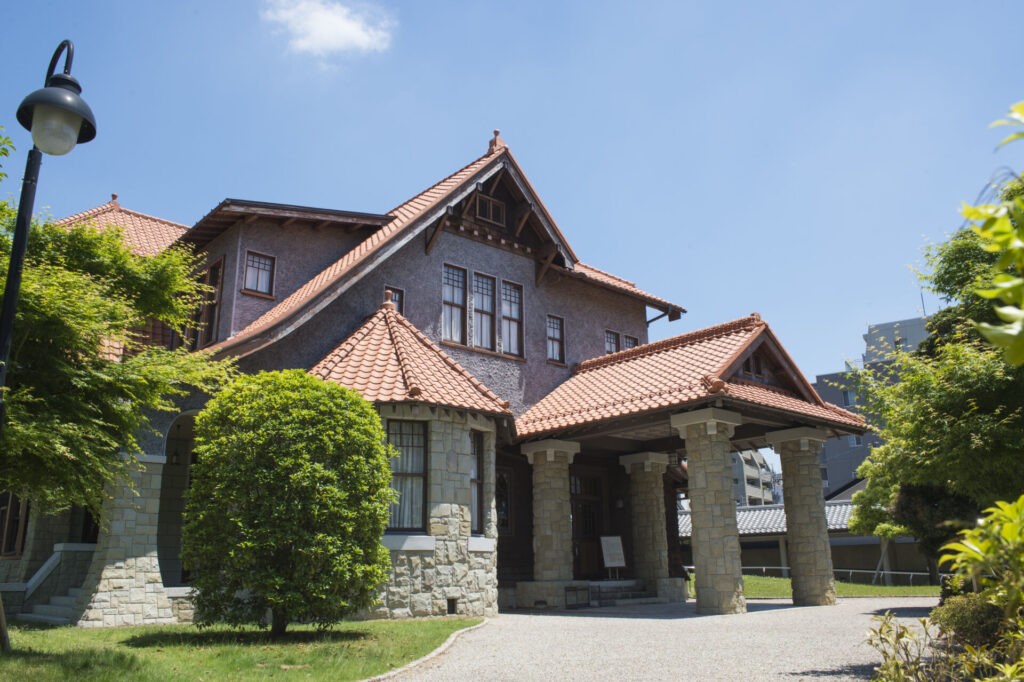
The Nagoya Culture Path is a charming historical district that transports visitors back to Japan’s transitional era from feudalism to modernity. This peaceful neighborhood is lined with well-preserved Western-influenced estates, once home to wealthy merchants, journalists, missionaries, and cultural figures of the Meiji through early Showa Eras (1868–1930). Today, the area functions as a living museum—offering insight into how Japan embraced modernization while maintaining its rich heritage.
About the Culture Path
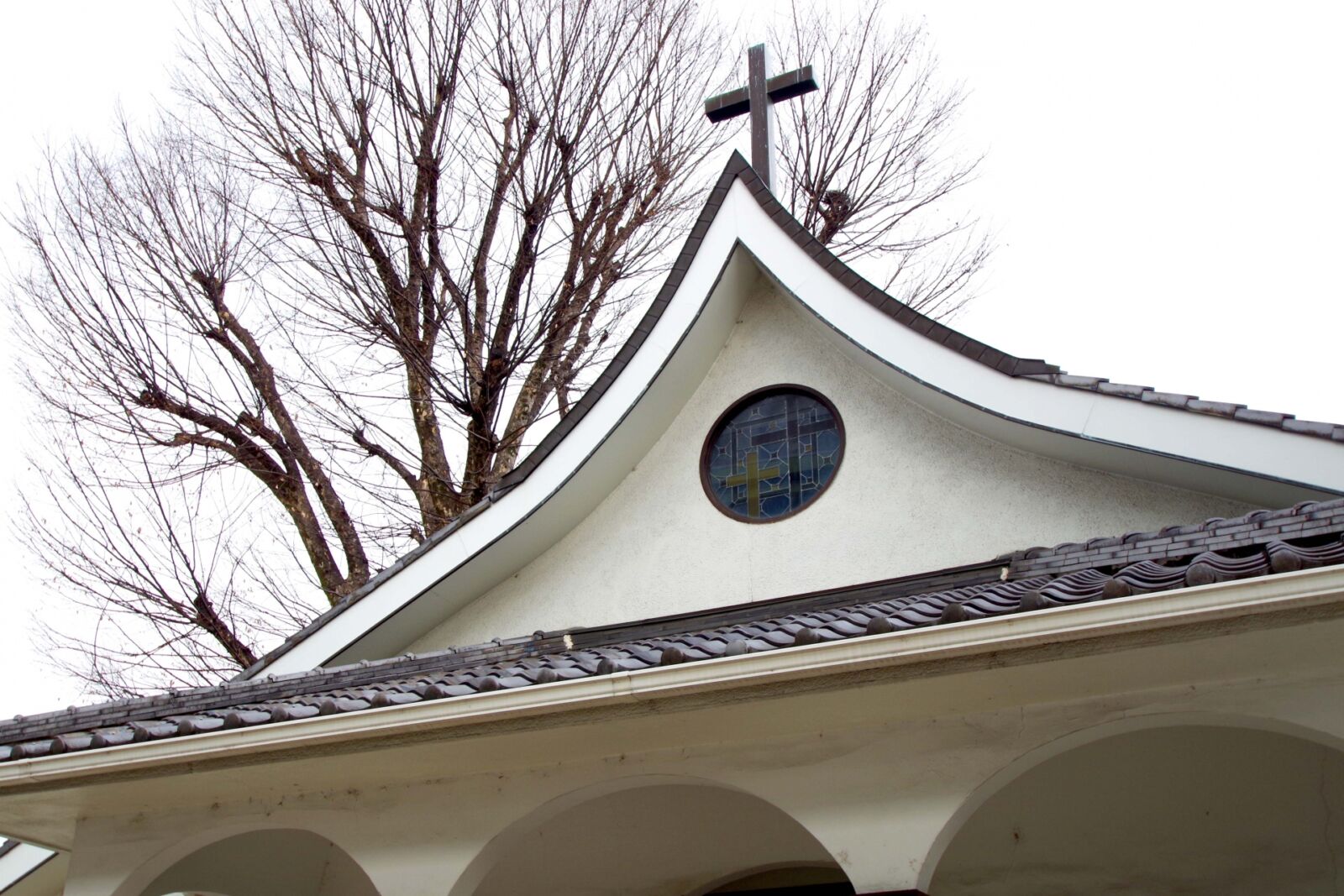
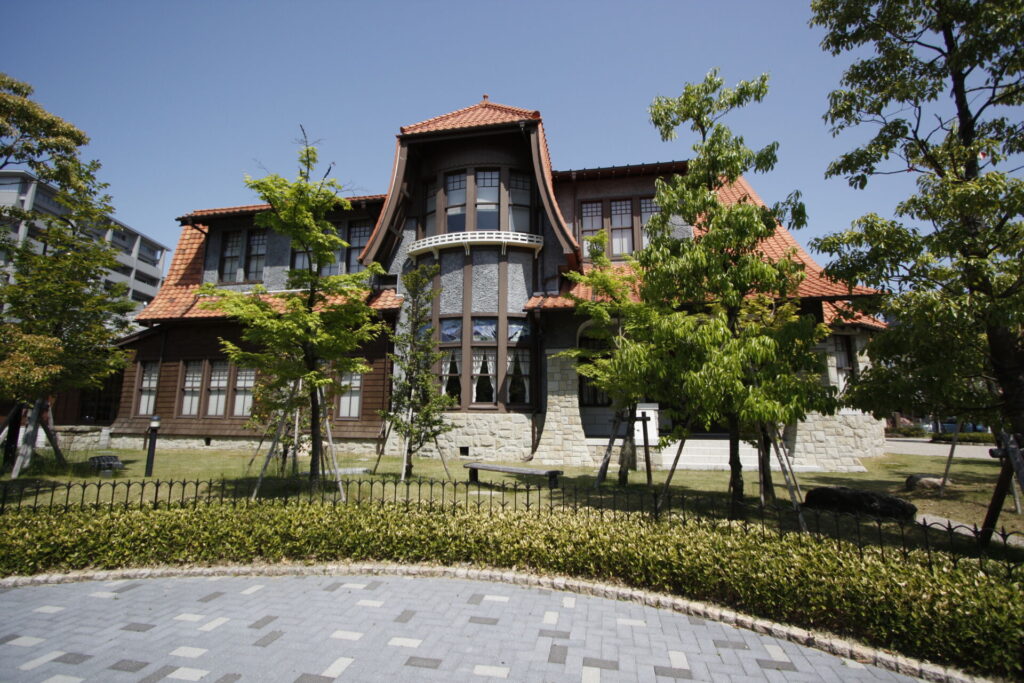
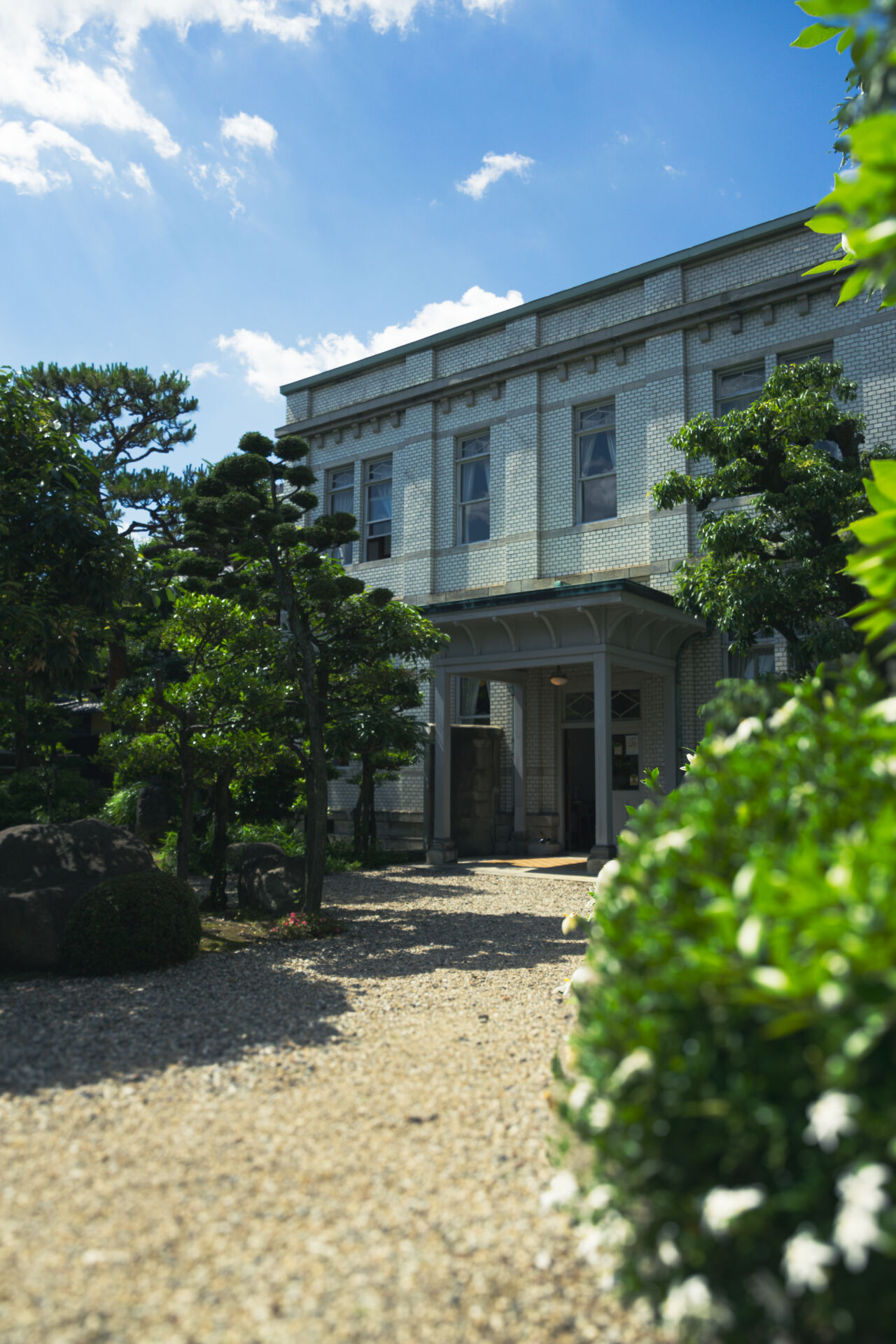
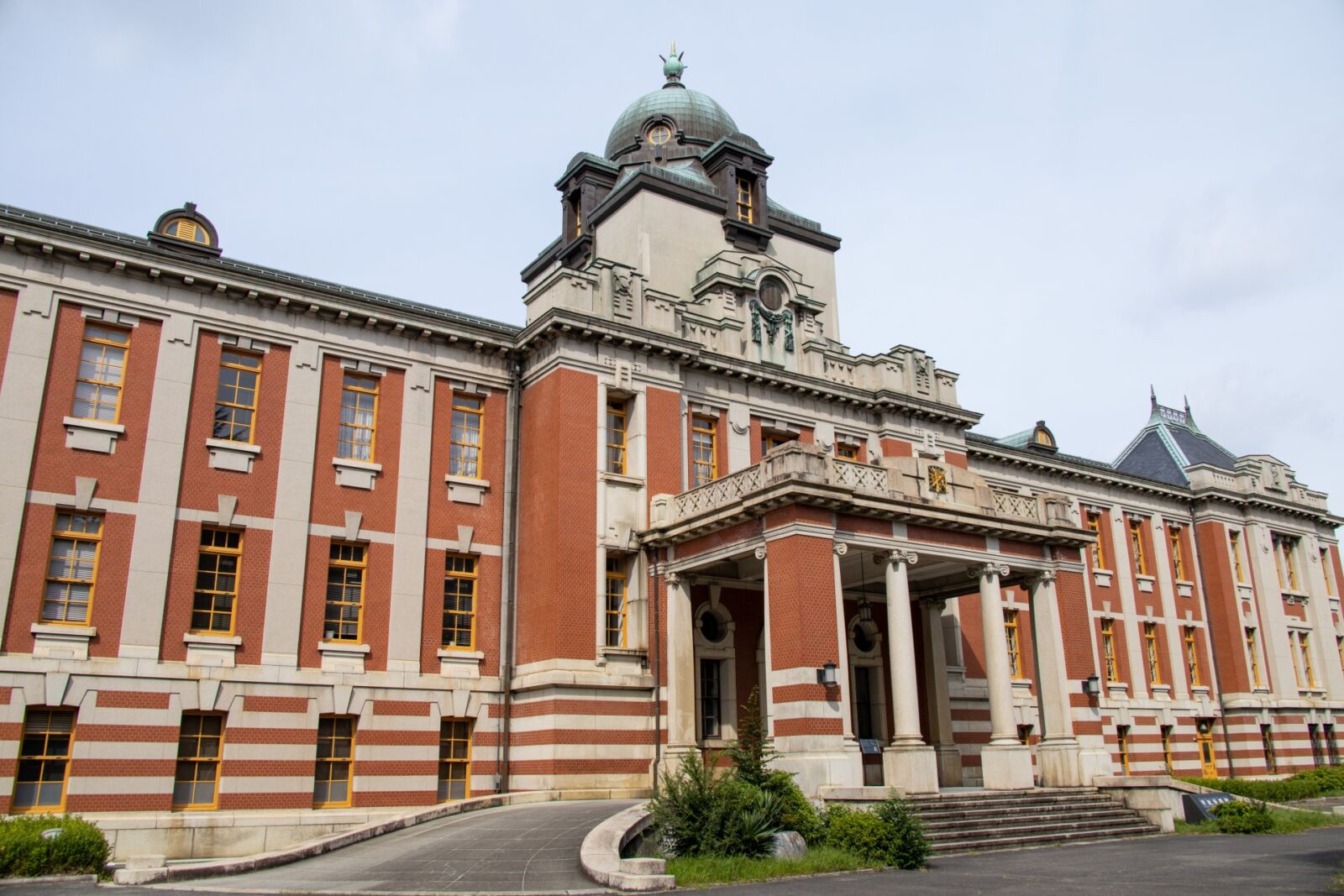
The Nagoya Culture Path is an area rich in well-preserved historical estates from some of Nagoya’s wealthiest residents from the Meiji Era through the early Showa Era (1868 -1930).
Once home to middle and lower-class samurai, the area between Nagoya Castle and Tokugawa Garden transitioned into a neighborhood popular with entrepreneurs, missionaries, journalists, and artists as the country transitioned away from its feudal past. Many of the residences remain today and are now considered designated cultural properties. The neighborhood serves as a concentrated area of architectural marvels and a living museum of Japan’s path to modernization.
Recommended Tour: Snow Monkey Resort's 1-Day Guided Garden Walk through Nagoya's Castle, Gardens, and Historic Estates will take you into several historical estates and private gardens of Nagoya's titans of industry. Marvel at the gilded artwork and golden screens in Honmaru Palace and sip tea while gazing at a garden designed for a daimyo as you are led by an experienced, English-speaking guide through Nagoya on this full-day tour.
1-Day Guided Garden Walk through Nagoya's Castle, Gardens, and Historic Estates
- Spots:
- Pick-up:
- Drop-off:
Highlights Along the Culture Path
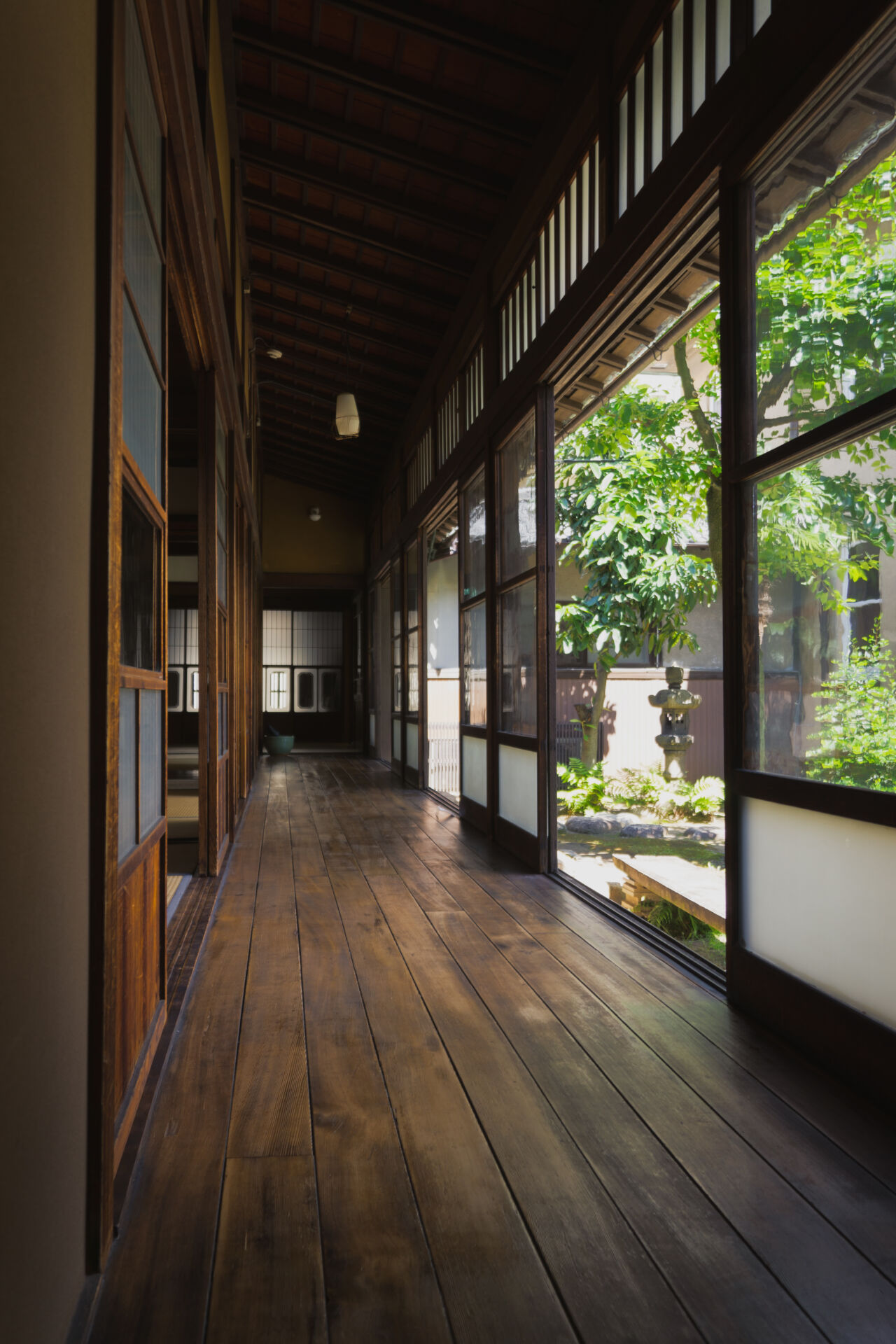
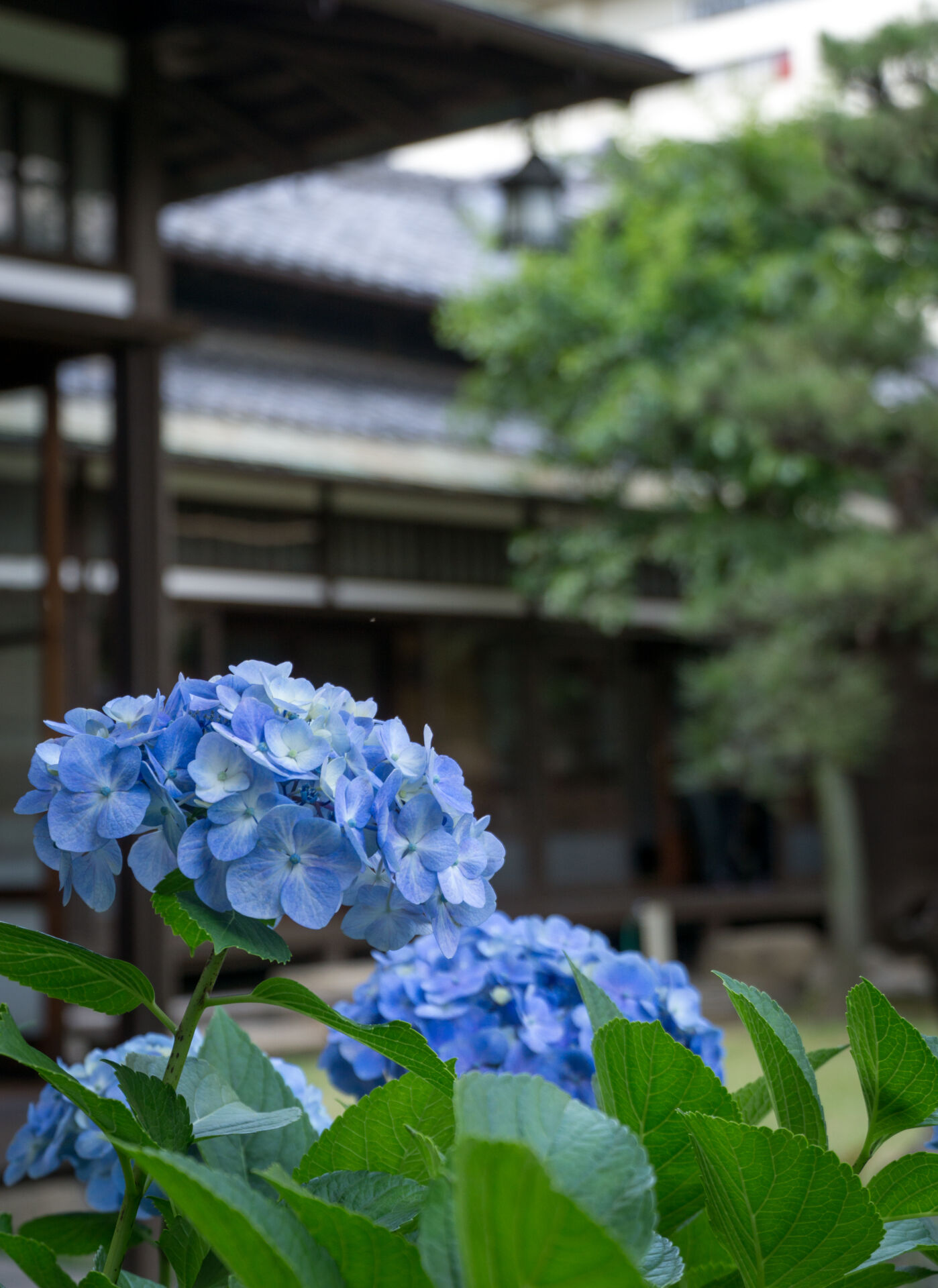
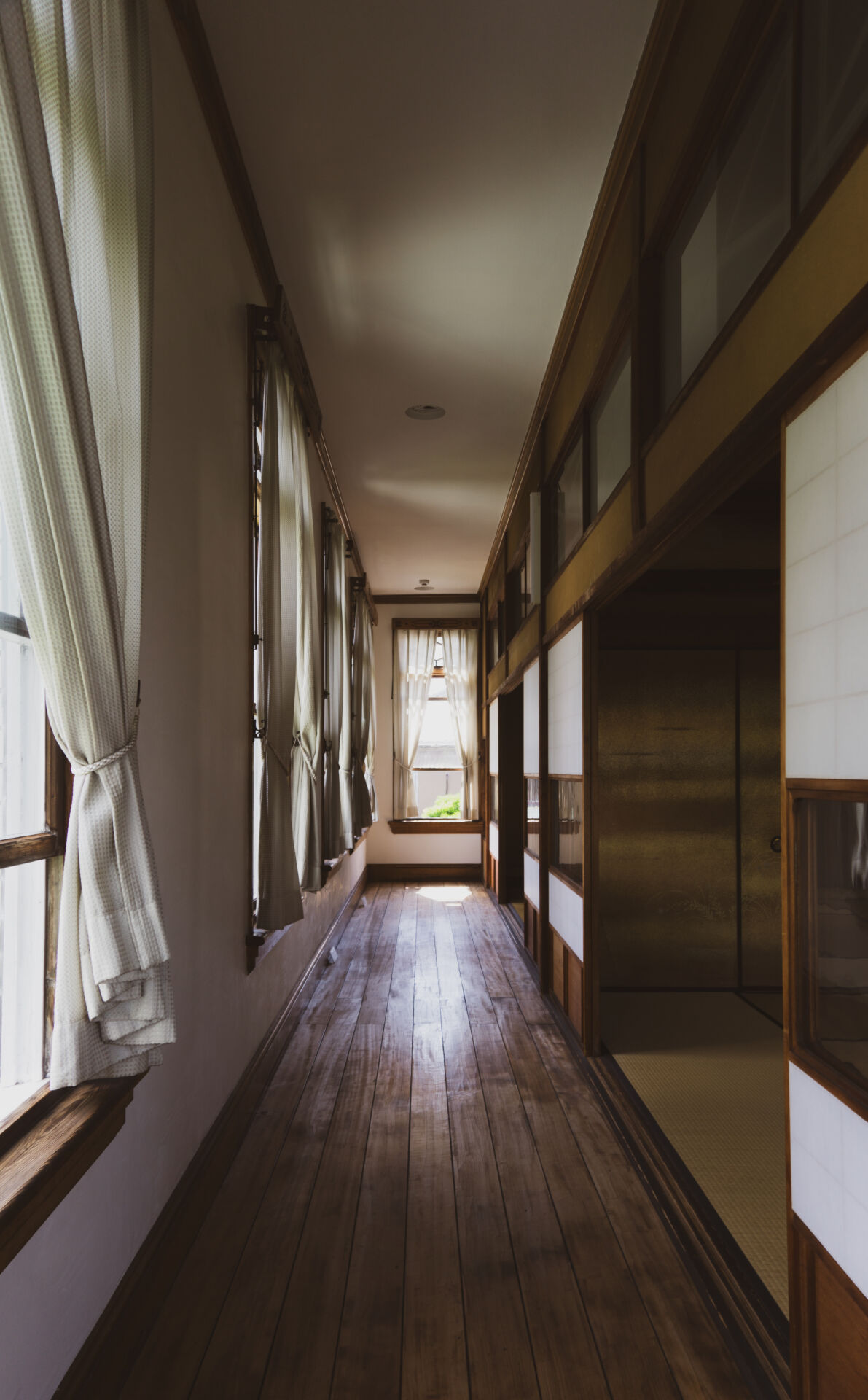
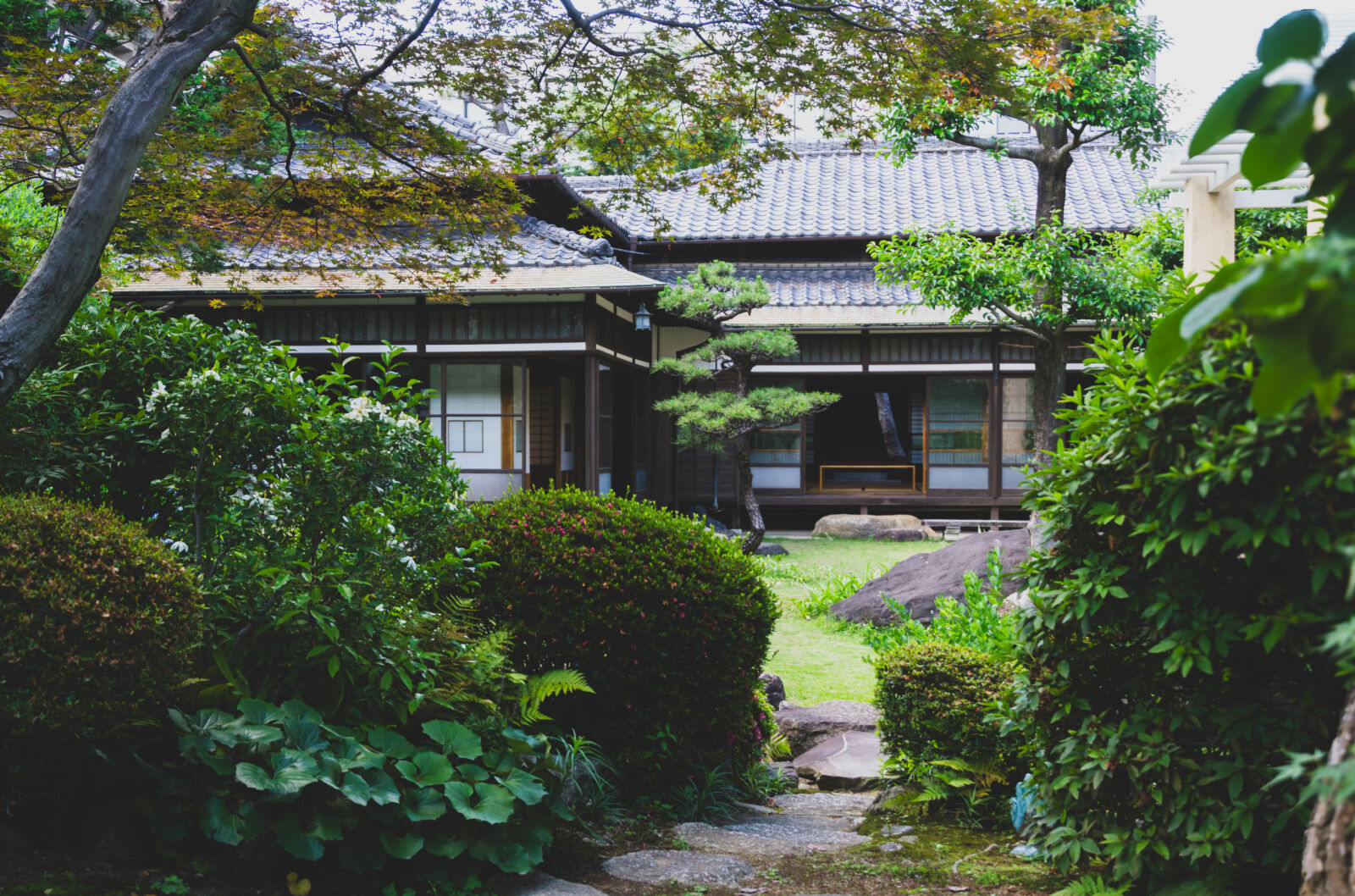
Today, visitors can enter the well-preserved homes and stroll the gardens of several of these properties, including the home of Sasuke Toyoda and Japan’s most famous geisha—Sadayakko Kawakami.
- Sasuke Toyoda’s Residence
Visit the former home of Sasuke Toyoda, a founding figure of what would become Toyota Motor Corporation. The house reflects his blend of traditional Japanese sensibilities and modern industrial ambition. - Sadayakko Kawakami’s Former Home
Often referred to as “Japan’s First Geisha,” Sadayakko traveled the world as a performer and cultural ambassador. Her Western-style home and gardens offer a glimpse into the glamorous life of one of Japan’s earliest global celebrities. - Cultural Architecture
Many buildings in the area feature a mix of European and Japanese architecture, with elements like stained glass, tiled roofs, tatami flooring, and European parlors—all preserved to reflect daily life in early modern Japan. - Quiet Streets and Tea Houses
The area is compact and pedestrian-friendly, offering tranquil lanes, local coffee shops, and spots to reflect on the stories these homes tell. It’s the perfect place for a slow-paced, reflective afternoon.
Frequently Asked Questions (FAQ)
What is the best time of year to visit the Nagoya Culture Path?
The Culture Path is great to visit year-round. Many of the gardens are in bloom in the spring and summer months, while the fall and winter bring their own changes to the gardens. Some of the houses are beautifully decorated in the winter.
Are the historic houses open to the public?
Yes. Several residences are open to visitors, with exhibitions on the lives of their former owners. Some charge a small entry fee.
How long should I plan to spend there?
About 1.5 to 2 hours is ideal for a relaxed visit. This gives time to explore a few houses, take photos, and stop for tea or coffee.
Is the area family-friendly?
Yes. It’s quiet, safe, and suitable for visitors of all ages. Children may enjoy the gardens and storytelling exhibits.
Is it close to other attractions in Nagoya?
Yes, the Culture Path is within walking or short transit distance of Nagoya Castle, Tokugawa Garden, and Hisaya Odori Park.




